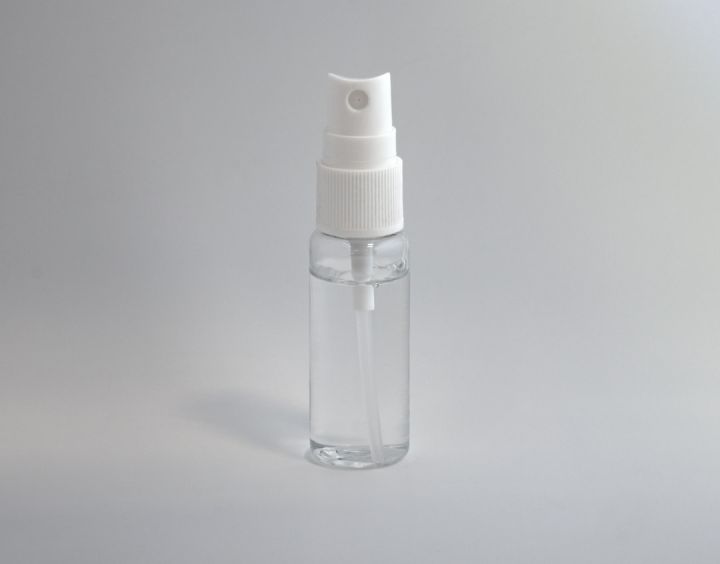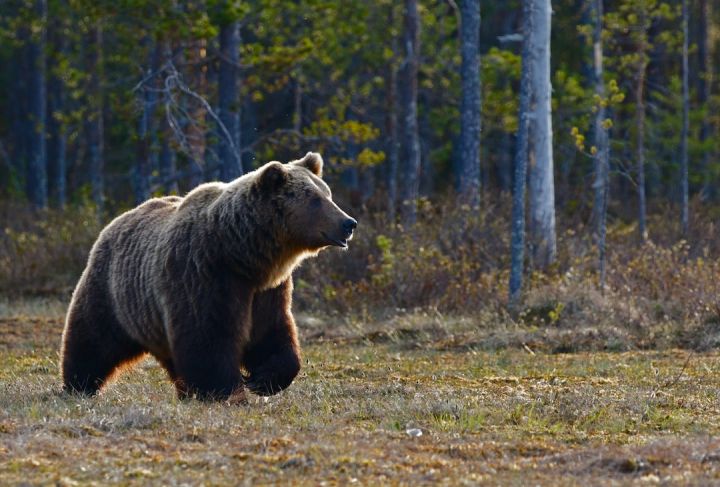Are Noisemakers Reliable for Bear Safety?
When it comes to bear encounters, safety should always be the top priority. In recent years, there has been a growing trend of using noisemakers as a means of warding off bears. But are these devices actually reliable? In this article, we will delve into the effectiveness of noisemakers as a bear safety tool.
Understanding Bear Behavior
Before we can evaluate the reliability of noisemakers, it is important to understand the behavior of bears. Bears are generally non-confrontational creatures, and they will often try to avoid humans if given the chance. However, they can become aggressive if they feel threatened or if they are protecting their cubs.
The Theory behind Noisemakers
Noisemakers, such as bear bells or air horns, are believed to work by alerting bears to the presence of humans. The idea is that the loud noise will startle the bear and cause it to retreat. Additionally, some people believe that bears may associate the noise with negative experiences, such as encounters with humans, and therefore be deterred from approaching.
The Effectiveness of Noisemakers
While the theory behind noisemakers seems plausible, the actual effectiveness of these devices is debatable. Several studies have been conducted to determine their reliability, with mixed results.
One study conducted by the U.S. Fish and Wildlife Service found that noisemakers, specifically bear bells worn by hikers, did not significantly reduce the number of bear encounters. The researchers concluded that bears may become habituated to the noise over time, rendering the noisemakers ineffective.
However, another study conducted by the National Park Service in Denali National Park showed more promising results. The study found that the use of noisemakers, including air horns and bear bells, reduced the likelihood of close encounters with bears by almost 50%. This suggests that noisemakers may have some level of effectiveness in certain situations.
Limitations of Noisemakers
While noisemakers may have some effectiveness, it is important to recognize their limitations. First and foremost, noisemakers should not be relied upon as the sole means of bear safety. They should be used in conjunction with other bear safety practices, such as carrying bear spray and being aware of one’s surroundings.
Additionally, the effectiveness of noisemakers may vary depending on the specific bear species and the individual bear’s behavior. Some bears may be more easily deterred by loud noises, while others may be less responsive.
Conclusion: A Tool in the Toolbox
In conclusion, noisemakers can be a useful tool in bear safety, but they should not be solely relied upon. While some studies have shown positive results, the effectiveness of noisemakers may vary depending on the situation and the individual bear. It is always important to practice caution and be prepared when venturing into bear country. Carrying bear spray, making noise, and being aware of your surroundings are all essential components of bear safety. Noisemakers can be an additional layer of protection, but they should not be seen as a foolproof solution.






